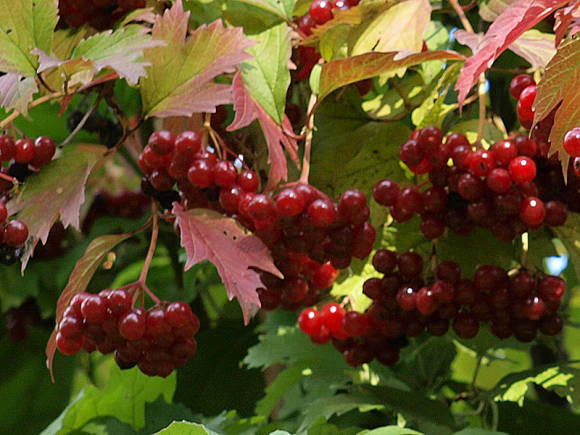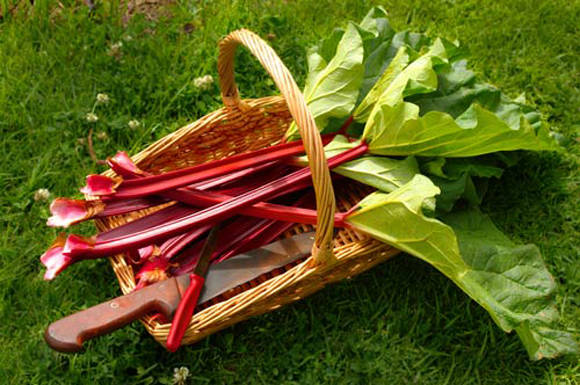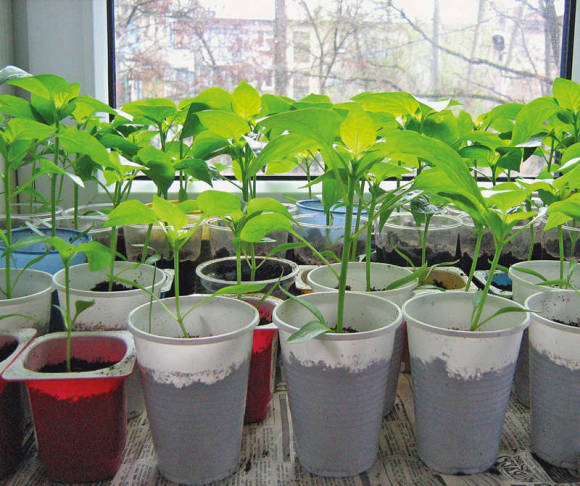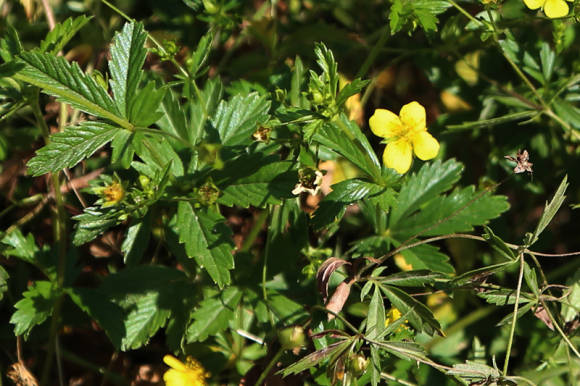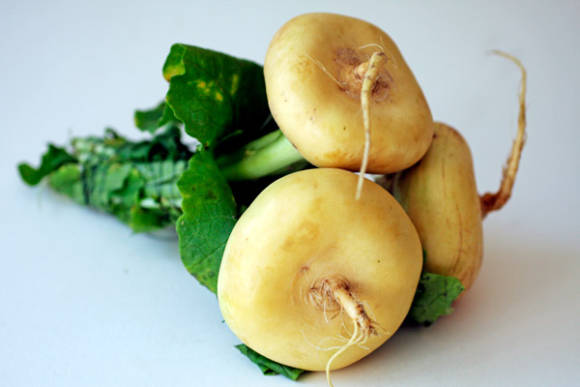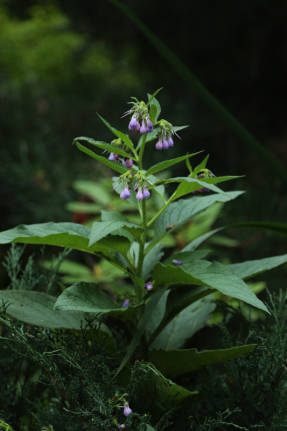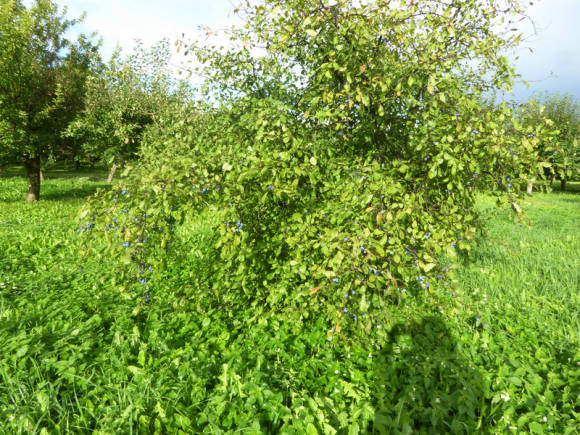This plant is included in the Pharmacopoeia of many countries of the world. There are a number of ready-made preparations from it in pharmacies. And in connection with the fashion for herbal medicine, it is beginning to be used at home as mint or valerian. But let's try to figure out how safe it is. Adonis is a heart remedy, and most of these plants are highly poisonous in case of an overdose. To what extent does this statement apply to adonis?
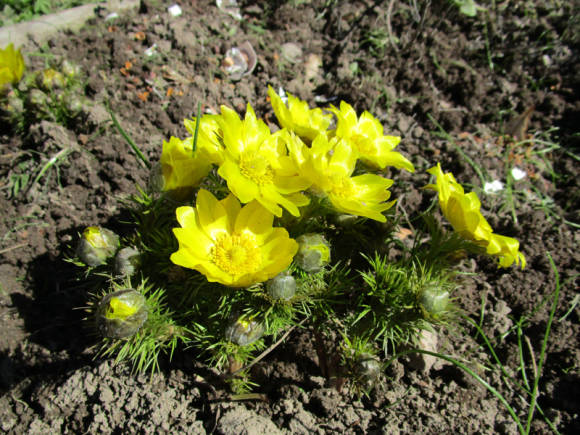 |
There is no sadder story in the world ...
Rod adonis (Adonis) has more than 30 species, and some of them bloom with red flowers. Hence the legend about its appearance. As the myth says, Adonis was the son of the king of Cyprus, Kynaris and Mirra. When he was born, the goddess of love Aphrodite, delighted with his beauty, kidnapped the child, hid it in a casket and entrusted the casket to Persephone, the wife of the king of the underworld. Persephone also really liked him, and she refused to return the baby to Aphrodite. As always, the dispute between the ladies was resolved by a man - Zeus, and as always - by both ours and yours. According to his decision, Adonis had to divide the year between earthly life and the underworld.
On land, Adonis often hunted in the mountains. Once, while hunting, he was attacked by the fierce god Ares, who took the form of a wild boar. Adonis died, and Aphrodite, mourning her lover, buried him in the mountains of Cyprus. And so that they would remember him forever, she commanded: let the drops of blood spilled by the young men sprout from the ground as beautiful flowers.
Spring adonis
But among this row there is a plant not with ominous red, but quite sunny and cheerful yellow flowers.
Adonis, or spring adonis (Adonisvernalis) is a perennial herb from the Buttercup family (Ranunculaceae) up to 50 cm high. The rhizome is thick, short, dark brown in color. The number of leafy stems depends on the age and growing conditions of the plants and can reach 20-30. Leaves are sessile, dissected, with narrow linear lobules. The adonis is one of the first to bloom, simultaneously with the appearance of leaves in April-May. The flowers are large, single, bright yellow. The fruit is a composite cone-shaped dry achene. The seeds ripen in June-July. In nature, the plant blooms only in the 10-20th year of life, reaching its maximum flowering by the age of 40-50. The plant propagates in nature only by seeds, which have a very low germination capacity.
You can meet him in the forest-steppe and steppe zones of the European part of Russia, Western Siberia, and the North Caucasus. It grows on steppe meadows, meadow steppes, mainly on chernozem soils, which are plowed up for growing crops. Considering this, its range is rapidly decreasing, and it is listed in the Red Book.
In some areas, along with the spring adonis, similar species are found: Volga adonis (Adoniswolgensis), adonis fluffy (Adonisvillosa) and Siberian adonis (Adonissibirica). Spring adonis differs from other species by narrow leaf lobes, and from Siberian and fluffy adonies - also palmate, not pinnately dissected leaves.
Adonis from rhizomes and seeds
 |
On the site as an ornamental plant, adonis is very useful. After all, it blooms very early, when there is practically nothing beautifully flowering yet. The plant prefers fertile, well-drained soils, medium in texture. The reaction of the medium is preferably slightly acidic or neutral. Therefore, if your hacienda is located on a peat bog, then the soil needs to be calcareous.
Adonis are propagated by dividing adult plants and seeds. Divide them in autumn or spring, dividing them neatly into several parts, and plant them in moist soil. The distance between the plants is preferably 50-60 cm, in one place they will have to grow for a long time, so it is necessary that they do not interfere with each other.It is better not to be greedy and not to cut the plants into single-bud pieces, but to divide a large bush into 2-3 parts. Then it will take root well, will not get sick and will bloom profusely the next year. Although in the spring, newly divided plants are not allowed to bloom, breaking off the buds. This will allow the plant to devote all its energy to rooting, and not to seed formation.
When propagated by seeds, they are sown immediately after collection in the summer. It is better to sow in a box or pot dug into the ground. This will allow you not to lose them during the growing process. In this plant, seedlings appear very uncommonly, and seed germination is very low. They are sealed to a depth of 2-3 cm, sprinkled with a soil-moisture mixture. They germinate in 25-30 days. The seedlings develop very slowly for the first two years. The flowering of individual plants begins in the 3rd year, and full development occurs in the 4-5th year of life.
Once every 8-10 years, plants can be divided and transplanted to a new location. Otherwise, they will be heavily overgrown with perennial weeds. Once every 2-3 years, add 2-3 cm of fertile soil. Like any meadow plant, adonis gradually "climbs", that is, the buds of renewal appear on the surface.
Plant care is the simplest - weeding and loosening. Provided that during planting the soil is well filled with organic and mineral fertilizers, you can even do without top dressing.
From flowering to fruiting
Light green stems and leaves together with flowers are used as medicinal raw materials. Flowering stems are cut at a height of 7-10 cm from the soil surface, above the scaly leaves. When cutting the stems below this level, the plants do not renew and even partially die off. It is also unacceptable to cut off all the stems from the bush, since this damages the renewal buds located at the base of the stems. In the same place, the harvesting is carried out no more than 1 time in 3-4 years. Raw materials are harvested from the beginning of flowering to the beginning of shedding of fruits, until the leaves turn yellow. However, the raw materials collected in the flowering phase have the greatest biological activity.
 |
They dry it as quickly as possible in an oven or dryer at a temperature of + 40 + 50 ° C, and in hot sunny weather - under a canopy or in the attic, laying it out in a thin layer on a mesh or gauze. They dry the grass only in the shade, not in the sun! The raw material is ready if the thick stems break easily. It is stored separately from other types of raw materials (adonis refers to poisonous plants) in a closed container without access to sunlight for no more than 1 year. For long-term storage, the biological activity is checked annually.
Younger brother of foxglove and strophanthus
Adonis herb contains cardiac glycosides (cardenolides). Of these, the following are isolated in pure form: adonitoxin, cymarine (aglycone - strophantidine, sugar - cymarose), K-strophanthin (aglycone - strophanthidine, sugar - cymarose and glucose). K-strophantoside, adonitoxol, strophadogenin, traces of other cardiac glycosides and saponins were also found. Found flavone glycoside adonivernine, 2-6-dimethoxyquinone, phytosterols, alcohol adonit.
Tsimarin has a high biological activity. By the nature of the action, it is close to strophanthin, but its cumulative properties are more pronounced. Tsimarin can be obtained from hemp kendyr and leafy kendyr. Currently, cymarine is not used in medical practice.
The adonis has long been used in folk medicine in Russia for the treatment of dropsy. Currently, it is one of the most important cardiac remedies and adonis preparations are very widely used in the treatment of cardiovascular diseases. The main indications for their use are chronic heart failure and heart neuroses. In combination with bromine, they are prescribed for insomnia, increased nervous excitability and epilepsy. In 1859 S.D. Nose published an article "On the folk medicine of the South Russians", in which he pointed out the high effectiveness of the adonis herb in heart diseases. In 1861 g.on the therapeutic use of adonis for heart diseases, a report was made by the doctor P.V. Kivokurtsev in the Moscow Society of Russian Doctors. V.M. Bekhterev recommended the use of adonis in combination with bromine and codeine (ankylosing spondylitis) for neuropsychiatric diseases, agitation, alcoholic psychosis, epilepsy.
Adonis is widely used in medical practice and at the present time with relatively mild forms of chronic circulatory failure. Indications for the use of adonis are cardiac neuroses, vegetative dystonia, infectious diseases occurring with symptoms of weakening of cardiac activity, renal diseases with symptoms of cardiovascular insufficiency, neuropsychiatric diseases.
By the nature of the action on the heart, adonis preparations occupy an intermediate position between strophanthus and foxglove. The biologically active substances of this plant are less accumulated (accumulate) in the body than digitalis preparations, which have a more pronounced sedative and diuretic effect.
Preparations of adonis strengthen and slow down heart contractions, increase the stroke volume of the heart, eliminate congestion (since it has small diuretic properties, which is useful for patients with edema of cardiac origin), soothe the nervous system. There are indications of the positive effect of adonis in arthritis.
ATTENTION: Treatment with adonis drugs is carried out only on the recommendation and under the supervision of a doctor! Usually, either ready-made pharmaceutical preparations or fees are used.
In acute and chronic inflammatory diseases of the kidneys, a mixture helps: adonis - 4 g, bearberry leaves - 5 g, birch buds - 3 g, horsetail herb - 2 g. 1 teaspoon (about 10 g) herbs are poured with 300 g (1.5 glasses) boiling water and put in a water bath for 20-25 minutes. Drink 1 tablespoon 5-6 times a day. For dropsy (ascites), take equal parts of adonis herbs, birch leaves and steel roots. Brew one tablespoon of the mixture with 1 cup of boiling water. Drink the infusion by sips during the day. In case of diffuse toxic goiter (Graves-Basedow disease), it is recommended to mix equally adonis herb, budra herb, mint leaf, violet herb, cudweed herb, oregano herb and calendula flowers. 1 tablespoon of this mixture is poured with 300 ml of boiling water, insisted in a thermos for 2 hours, filtered and taken in 1/3 cup 3-4 times a day 30 minutes before meals. Photo by the author

Recipes for using adonis

